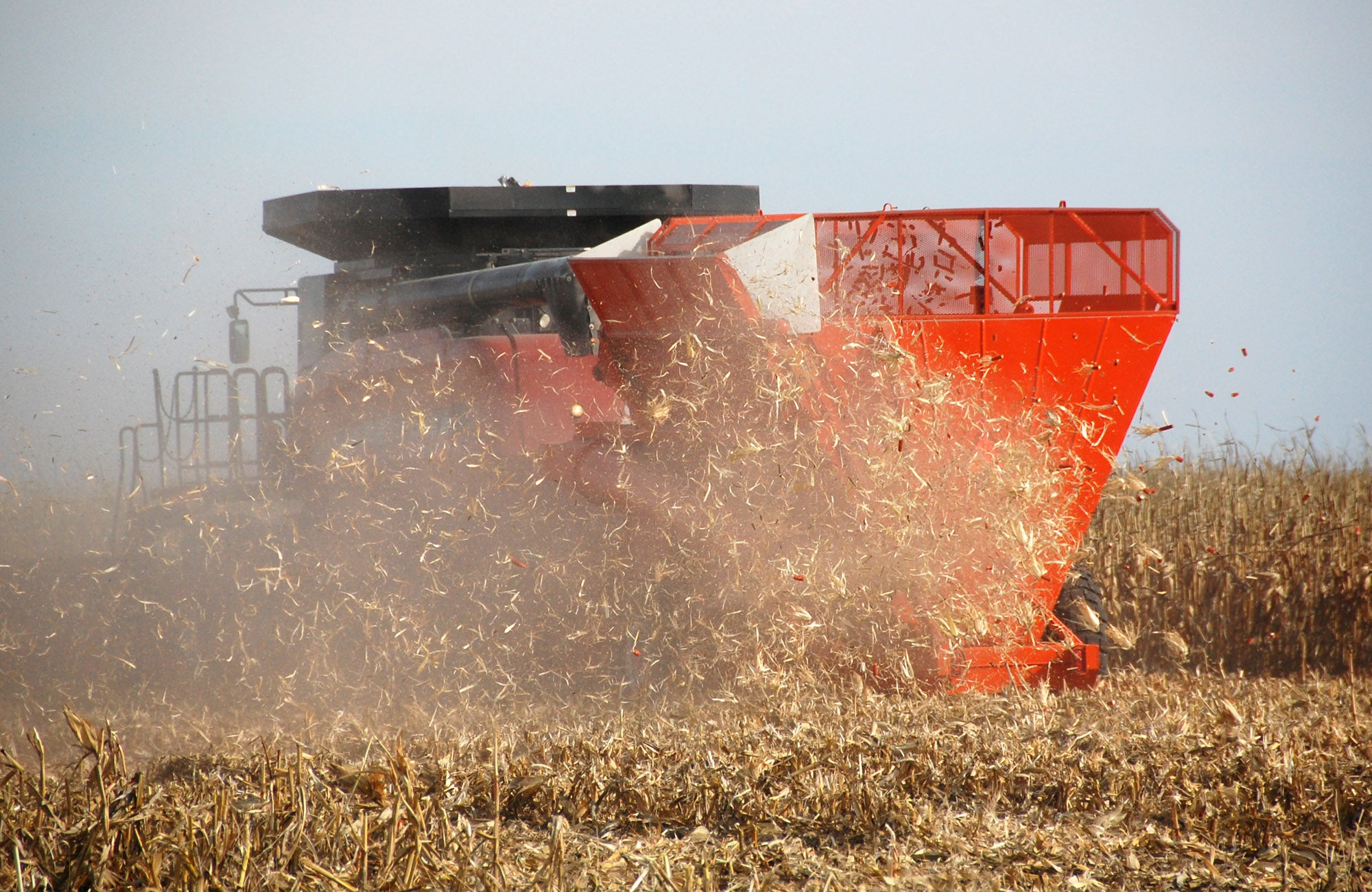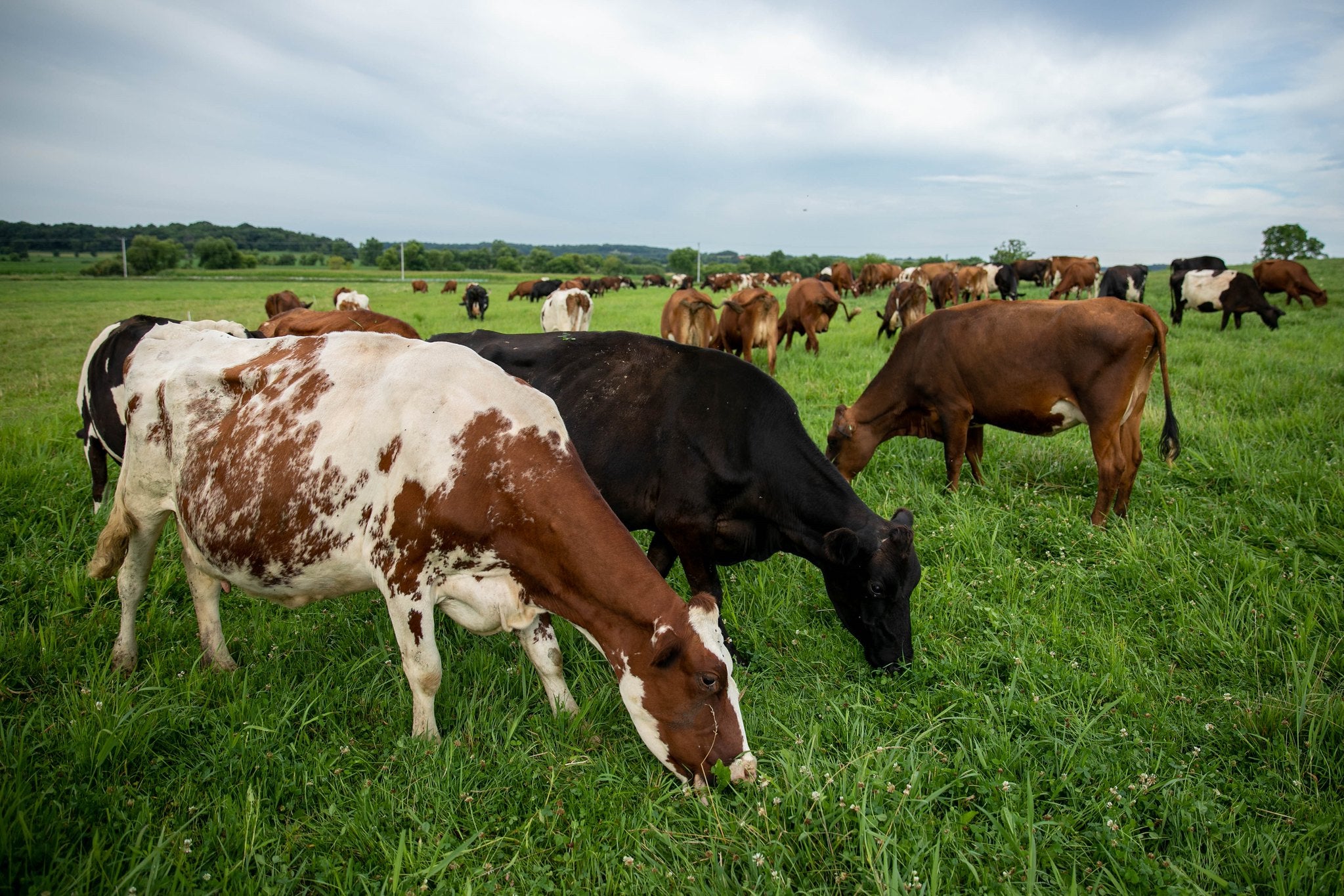A study by the University of Wisconsin-Madison shows the amount of land being converted to crops for ethanol production potentially makes climate change worse.
Researchers say more than 7 million acres across the United States were plowed to plant corn and soybeans between 2008 and 2012. That followed the expansion of federal incentives to produce so-called feedstocks for biofuels like ethanol.
Seth Spawn, of the UW-Madison Geography Department and co-author of the study, estimates the amount of carbon dioxide released when the soil was disturbed was huge.
News with a little more humanity
WPR’s “Wisconsin Today” newsletter keeps you connected to the state you love without feeling overwhelmed. No paywall. No agenda. No corporate filter.
“We found that expansion caused emissions to almost 30 million metric tons of carbon per year. For reference, that’s roughly equivalent to the annual emissions of 20 million cars,” Spawn said Wednesday when the study was released.
Scientists say the release of carbon dioxide is a contributor to global warming. Spawn said the data shows biofuels may be hard-pressed to ever show they’re carbon neutral.
Study co-author Tyler Lark is with the UW-Madison Nelson Institute for Environmental Studies.
He said that potential addition to greenhouse gases can be pinned on a key federal incentive program to produce more ethanol.
“We see that right now that the Renewable Fuel Standard is permitting rather than preventing the conversion of grassland and other natural ecosystems to crop production, ” Lark said, adding that better enforcement of parts of the standard could reduce the conversion of natural land.
Agriculture groups have generally supported the incentives law as a way to increase markets for farmers. Congress created the standard as a way to reduce dependence on imported oil.
The Renewable Fuels Association, a trade association for the U.S. ethanol industry, wrote in a statement Wednesday that the study is the “latest attack” from the UW-Madison and the National Wildlife Federation, which helped publicize the study.
“While the new study might make for a sensational headline, the facts on the ground tell a much different story about agricultural land use and the impacts of the Renewable Fuel Standard (RFS),” said Renewable Fuels Association Executive Vice President Geoff Cooper.
“In reality, the amount of cropland used for corn production was 3.1 million acres (3.3 percent) lower in 2017 than it was in 2007 when the RFS was expanded. Meanwhile, farmers produced 16 percent more corn per acre this year than they did in 2007. In other words, the additional corn needed to support expansion of the ethanol industry came from increased productivity on existing cropland — not from converting native grasslands into new cropland,” Cooper continued.
Editor’s Note: This story has been updated to include a comment from the Renewable Fuels Association.
Wisconsin Public Radio, © Copyright 2025, Board of Regents of the University of Wisconsin System and Wisconsin Educational Communications Board.





